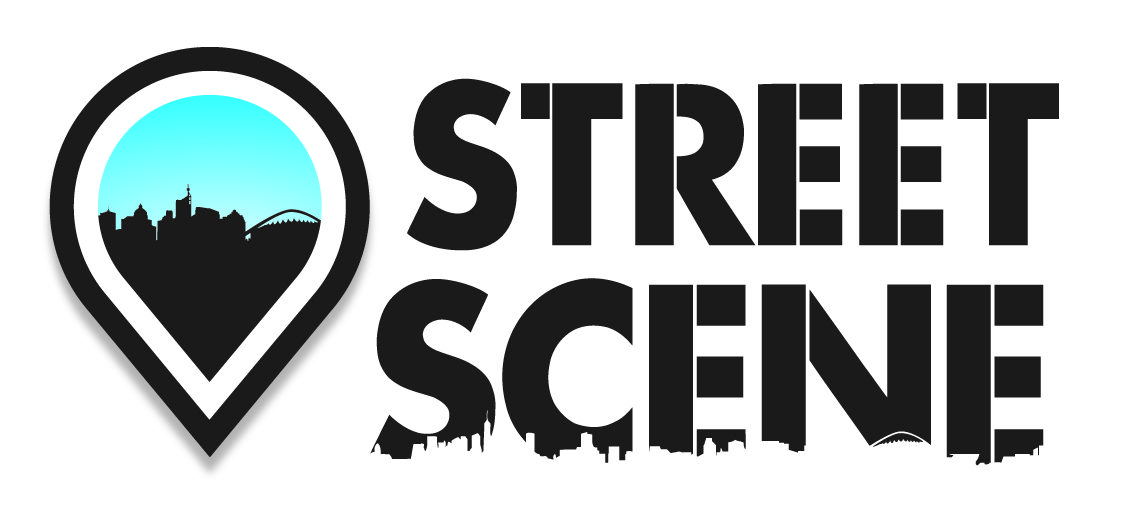
The human body is a complex work of art, with many intricate processes that feel our body running. It is also the result of millions of years of evolution and natural selection. One of our key features that distinguish humans from other animals (invertebrates) is our joints. Moreover, our joints enabled high levels of dexterity, which made the adaptation of tools even simpler. We shall explore some of these joints in detail:
What types of joints do we have in our body?
The human body has 4 types of joints and is classified as follows:
Ball And Socket Joint
Ball and socket joints are found in our hips and shoulders. This type of joint allows the attached limbs to move in almost any direction (indefinite number of axes). Anatomically, the ball-shaped surface of a bone fits inside the cup-shaped surface of another bone. For example, the ball-like surface of the hip region is called the femoral head and it sits inside the socket/ cup-shaped acetabulum. Interestingly, the shoulder is also a ball and socket joint – and this makes it one of the most movable joints in the entire body. However, because of its wide range of motion, it is an unstable joint and can increase the likelihood of injury.
Pivotal Joint
The pivotal joint enables the rotation of the skull. Anatomically, a joint is said to be a pivot joint if the ends of two bones meet – with one end of the bone being a ring-like structure and the other end being a bony cylinder. The pivot joint is also found where the two bones (ulna and radius) of the forearm are held together (near the elbow). Moreover, these two bones are also held together by another pivot joint near the wrist. An interesting point to note is that unlike muscular tissue, joints, do not have ample blood supply – and this can hamper the process of healing if an injury occurs. The synovial fluid negates some of this drawback as it aids with lubrication as well as nourishment of the surrounding cells.
Hinge Joint
Hinge joints are observed in the elbows, ankles and knees. This type of joint is characterized by the joints which allow motion only in one plane. The knee is the largest hinge joint in the body. This type of joint has considerably less freedom of movement than the above-mentioned joints. Furthermore, these joints are not as reinforced with synovial joint materials as the other joints as very little body weight and mechanical force is exerted on these joints. Because of this, the joints, especially the knee, can be rotated slightly when flexed and also enjoys a relatively large degree of flexion. Interestingly, the knee is also one of the most common joints to be injured for this very reason.
Fixed Joint
Joints are said to be fixed joints when two or bones meet and fuse – and it does not allow for any movement. The bones are connected by very dense, collagen-containing connective tissue. Fixed joints are also called fibrous joints for the same reason. One of the best-known examples of a fixed joint is the bones of the skull. Except for the mandible, all the other bones of the skull are fixed.
To explore more about Classification of Joints or other fascinating concepts, visit BYJU’S Biology. Alternatively, subscribe to BYJU’S YouTube channel to explore interesting videos on science and maths.
Can You Live Without a Brain? | Learn with BYJU’S
(Embed this youtube link)

